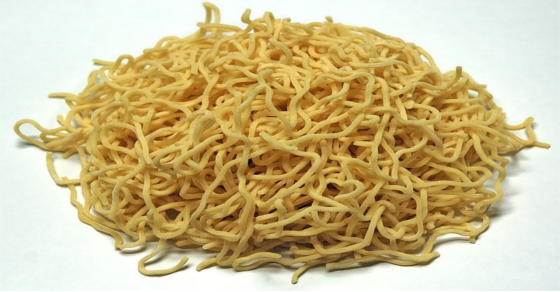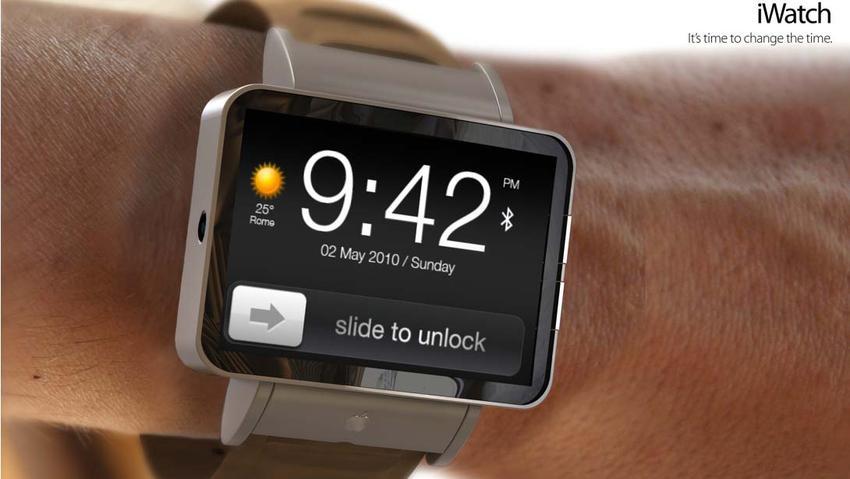1. Saving all your calories or "points" for one large evening meal.
Often people may skip breakfast and eat a really small lunch so they can have a huge dinner. This is not a good idea because skipping meals can slow down your metabolism and makeweight loss more difficult. For people with diabetes, it's also problematic because eating one large meal can spike blood sugar. It's better to eat three similar-sized meals per day.
2. Avoiding milk because it has too many calories or points.
I see people avoiding milk way too often. People may avoid drinking milk because it has too many "points," but then substitute other unhealthy, processed foods such as sodas or sports drinks, baked chips, lowfat cookies, or other snacks. Ounce for ounce, milk is a very healthy, satisfying "food" packed with calcium, protein, and vitamin D. Most Americans do not get enough dairy. Inadequate calcium intake can lead to bone disease.
3. Eating too much fruit.
Some diet plans allow fruit as a "free" food. Anyone with diabetes should know that fruit can't be a free food because it contains a big dose of carbohydrates, which raise blood glucose levels. This is not to say people with diabetes should avoid fruit, but they need to watch their portion size and count carbs. Also, you should avoid dried fruit and fruit juice entirely, because they contain a large, concentrated amount of carbs in a very small portion size.
4. Not balancing diet — eating too much from one food group.
Sometimes when people start a new diet plan they think they need to be extreme. For example, they might know that protein foods are good choices, so that is all they eat. They may have an egg for breakfast, a turkey burger without a bun for lunch, and a chicken breast with some green beans for dinner. Now these are not "bad" choices, but this diet is not well balanced and is lacking in vitamins, minerals, and fiber. You should include foods from all the other food groups too, such as fresh fruit, milk, yogurt and healthy carbs like sweet potatoes and beans. Eating a well-balanced diet is not only healthy, but is more satisfying too.
5. Practicing good portion control with pre-packaged meals on program, but going back to old eating habits after it's over.
Some diet plans provide pre-packaged food or recommend frozen meals to eat. Although I think these foods can sometimes help people learn proper portion sizes (and can be convenient occasionally), I often find that when people go off these prepared foods, they go back to their old eating habits and regain weight. I think it is a good idea to learn how to eat healthy with proper portion sizes from everyday foods that you can buy at the grocery store. Remember, healthy eating is not a diet, but a long-term lifestyle change.











 RSS Feed
RSS Feed
